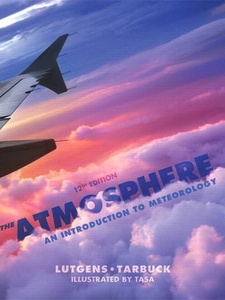

The Peruvian paso, when tired or stressed, may also fall into an undesired diagonal gait, the pasitrote, as well as a pace-like gait, the huachano.Ĭheck out our Hidden Trails that offer Peruvian Pasos: The Peruvian Paso has an even lateral gait known as the Paso Llano, which has the same footfall sequence as the Running Walk, and is characterized by an elongated and lateral motion of the front shoulder known as "Termino." The faster ambling gait of the Peruvian Paso is called the Sobreandando and is a slightly uneven lateral gait somewhat closer to a stepping pace. The paso largo is similar to the rack and can be extremely fast, up to 25-30 mph. The paso corto is similar to the single-foot. Horses are ridden over a "fino strip", which is usually plywood set into the ground, so the judges can listen for absolute regularity of footfall. The Paso fino gait is very slow, performed mainly for horse show competition.

The Paso Fino has several speed variations called (from slowest to fastest) the paso fino, paso corto, and paso largo. The paso fino, paso corto, and paso largo are smooth innate intermediate gaits of the Peruvian Paso and Paso Fino. The Faroese Horse and the Nordlandshest/Lyngshest of Norway share common ancestry with the Icelandic hor se and some individuals of these breeds have the capacity to tölt, although it is not as commonly used. Check out our Hidden Trails trips in Iceland:

Icelandic Riders will demonstrate the smoothness of a tölt by going at the speed of a gallop without spilling a drink they hold. The most prized horses have a very long stride and considerable lift with their forelegs. In its pure form, the footfalls are the speed of an even lateral single-foot gait is increased to be approximately that of the trot of pace, but instead of being a two-beat gait, it is a four-beat gait with equal intervals between each beat but the gait in the Icelandic horse has a different style with more freedom and liquidity of movement. The Tölt is a gait that is often described as being unique to the Icelandic Horse. In most cases, gaited horses replace the standard trot with one of the ambling gaits. Ambling gaits are often genetic traits in specific breeds, known collectively as gaited horses. These include the lateral slow gait, rack, running walk, and tölt as well as the diagonal fox trot. In addition, there are several four-beat " ambling " gaits that are approximately the speed of a trot or pace, though smoother to ride. These gaits can be found on most of our Hidden Trails equestrian trips.īesides these basic gaits, some horses perform a two-beat pace, instead of the trot. All horses move naturally with four basic gaits : the four-beat walk, which averages 6.4 kilometers per hour (4.0 mph) the two-beat trot or jog, which averages 13 to 19 kilometers per hour (8.1 to 12 mph)) and the leaping gaits known as the canter or lope a three-beat gait that is 19 to 24 kilometers per hour (12 to 15 mph), and the gallop a four beat movement which averages 40 to 48 kilometers per hour (25 to 30 mph).


 0 kommentar(er)
0 kommentar(er)
